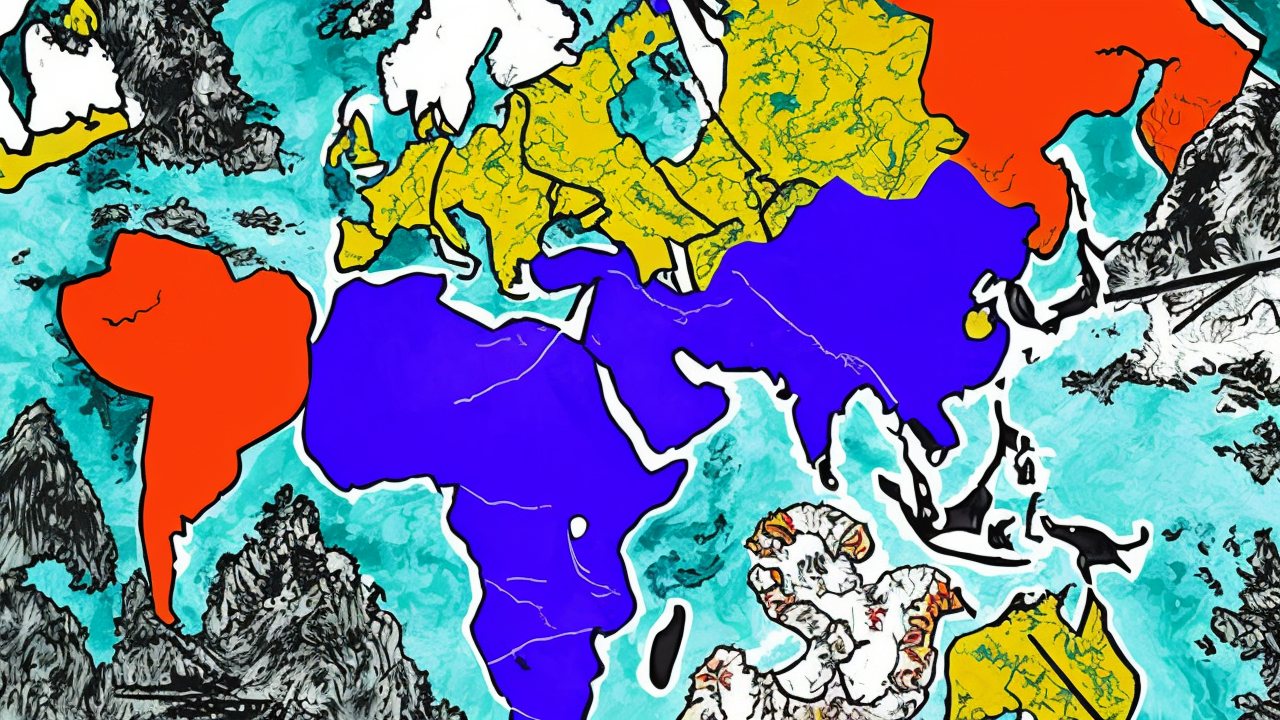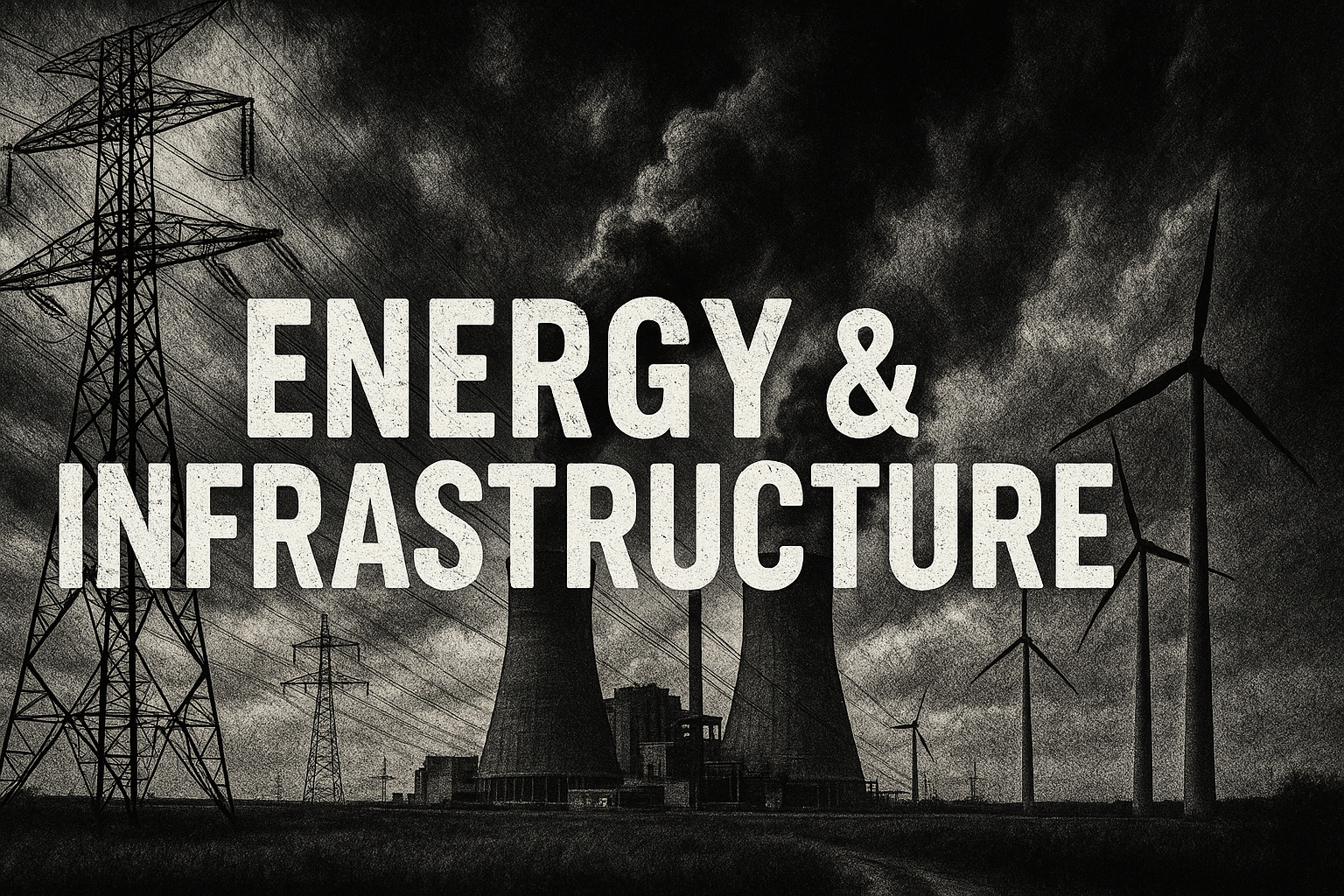Antarctica's Thwaites Glacier: A Potential Catalyst for Global Sea Level Rise

Scientists warn that the collapse of the Thwaites Glacier, a massive ice sheet in West Antarctica, could raise global sea levels by approximately 65 centimeters, threatening coastal cities worldwide. Known as the "Doomsday Glacier," Thwaites spans an area roughly the size of Great Britain and is over 2 kilometers thick in some regions. Its potential collapse could flood low-lying areas, impacting cities like New York, London, and Bangkok.
However, experts emphasize that such an outcome is not inevitable. The timeline for significant sea level rise is centuries-long, and mitigation efforts could reduce risks. Cities have already demonstrated resilience through adaptive measures, such as elevated roadways and flood protection systems. For instance, Australia has implemented flood-resistant infrastructure, including elevated highways, to safeguard against rising waters.
Critics argue that the "doomsday" narrative exaggerates the immediacy of the threat, suggesting that humans are capable of adapting and innovating to address rising sea levels. Historical examples, such as Venice's foundation on wooden pilings and Chicago's elevated buildings, illustrate humanity's ability to confront flood risks.
Ultimately, while the Thwaites Glacier poses a long-term challenge, proactive measures and technological advancements can mitigate its impact. The situation underscores the importance of preparedness and innovation in应对 climate-related threats.
Published: 7/17/2025
















